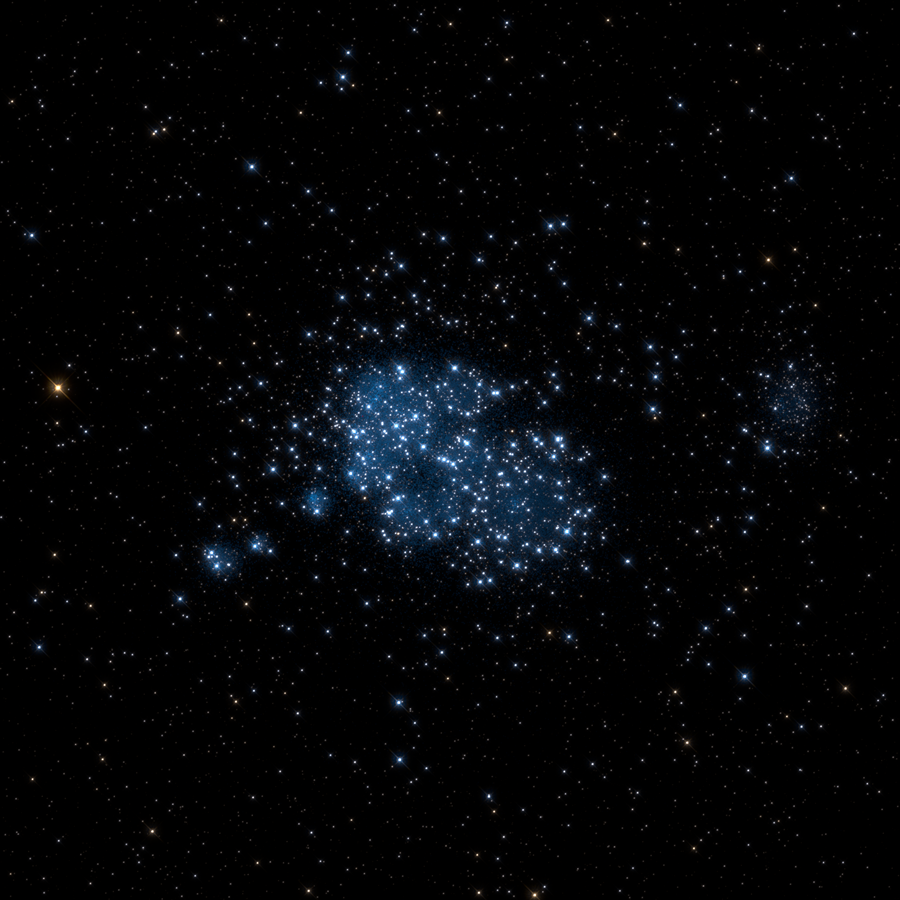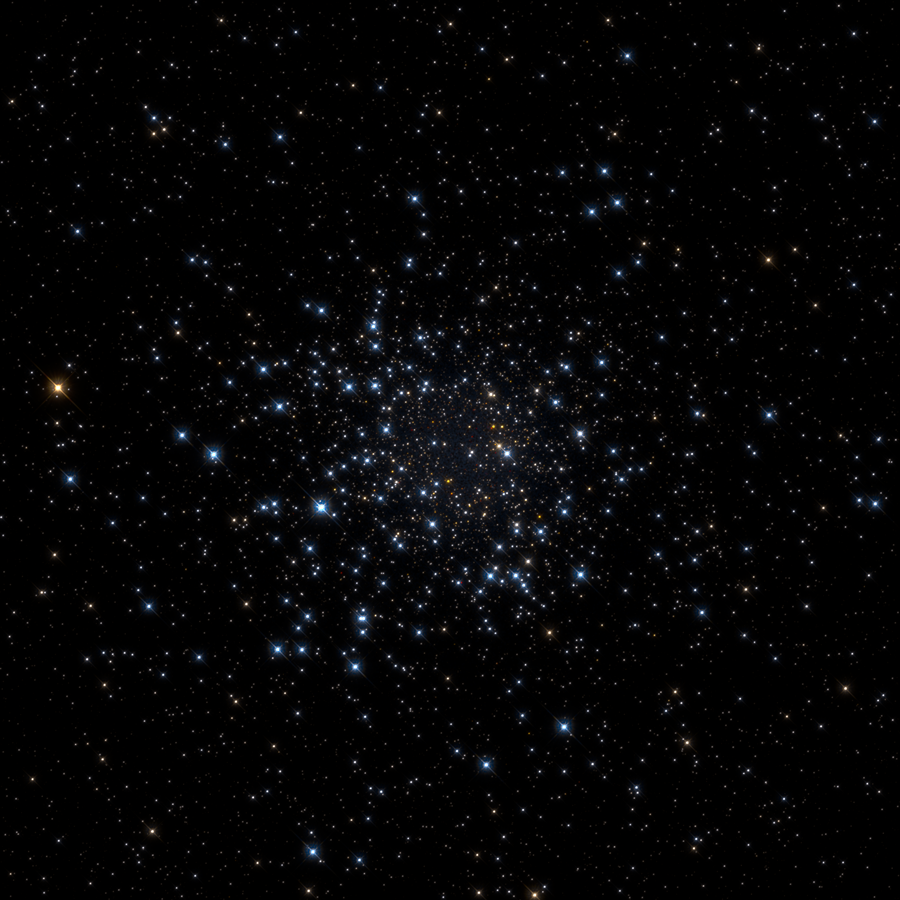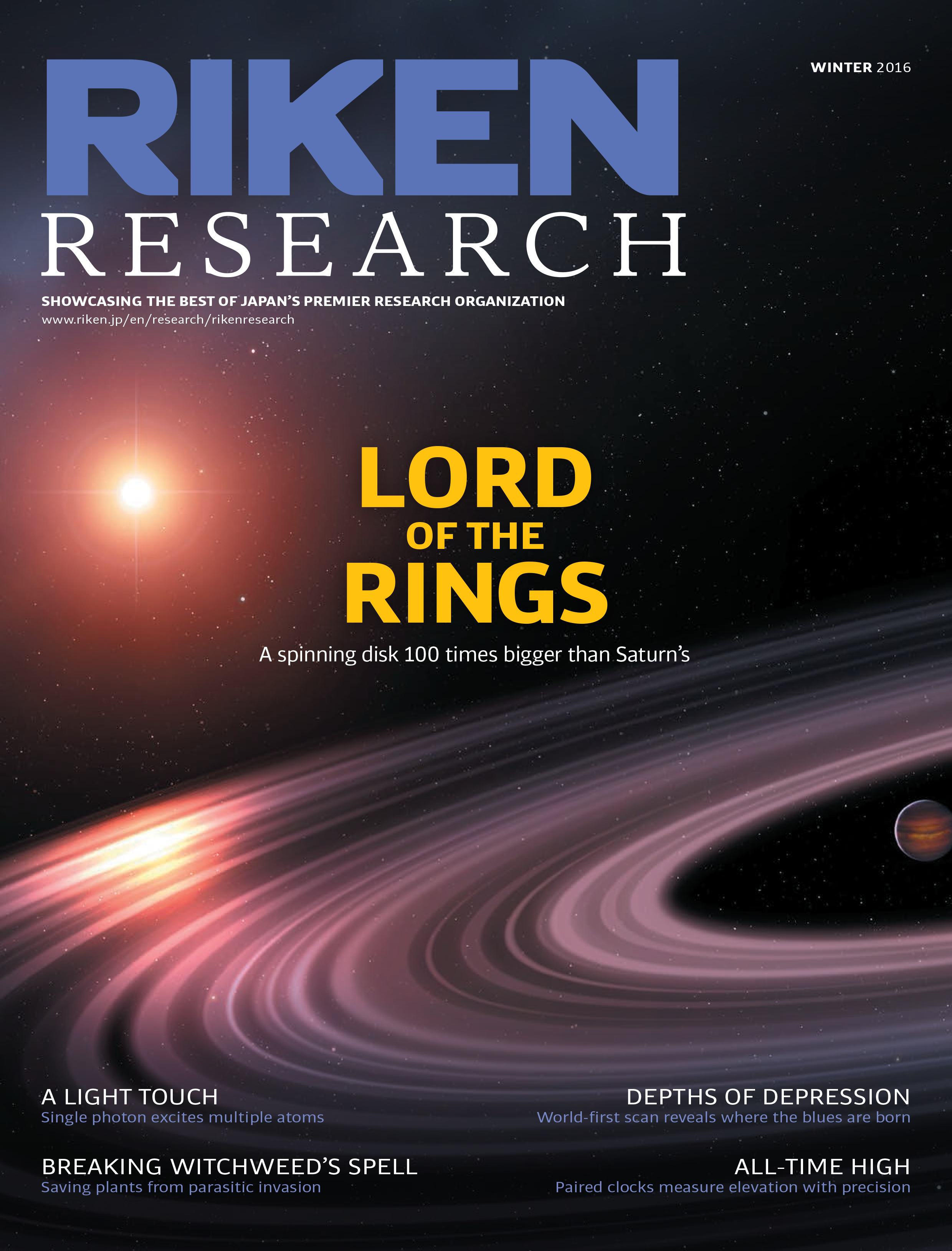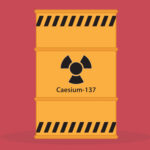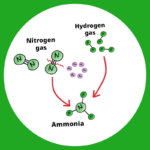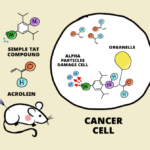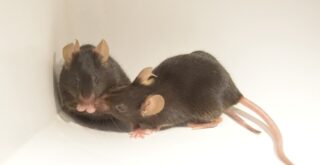Can stars kidnap planets from each other? It may not be a very common occurrence, but young stars that are in clusters can definitely pass each other close enough to gravitationally snatch gas, dust and planets, says Steven Rieder. His simulations of just-born star clusters trace their evolution, from dense groupings to dispersal as the stars age.
Focusing on the first 10 million years or so after stars are formed, Rieder studies how the cluster interacts with the pull of gravity and matter, a bit like how a teacher might follow a cohort of kids tussling as they grow up. “A compressed gas cloud forms a group of stars, and these same-aged stars stick together. A simulation shows us how they stick and interact, which is important for knowing the evolution of planetary systems,” Rieder explains. The stars within a cluster are more likely to pass near each other early in life–later they disperse out of a cluster and the distances become too large. “We have observed clusters of different ages and we have an idea of the different life stages, but we can’t see the evolution from one stage to the next,” says Rieder. To fill in the gaps between these snapshots, scientists use computer simulations.
Despite working at RIKEN’s campus in Kobe, home to the one-time, and current eighth, fastest supercomputer in the world, Rieder uses a typical desktop machine for his simulations. He starts with a cluster of perhaps one hundred thousand stars. Early on, the cluster will have an irregular scattering of stars throughout the cluster, whereas older clusters have a dense center. As the simulation progresses beyond our current astronomical observations, Rieder says “substructure and irregular cores disappear.” His goal is for the simulated clusters to resemble what we have observed; the fast-forward of a model coupled with computing power allows the in-between phases to be studied. The neo-natal stars have disks of material around them, and they tug at each other. The emerging planetary systems around the stars can influence the nature and intensity of these interactions.
These images show a simulated star cluster over a background field of stars. On the left, the cluster shortly after the stars are born. The blue color comes from bright, young stars. On the right is the same cluster, 10 million years later. The core (though largely obscured by dust) has become much denser and much of the substructure is gone.
These images show a simulated young star cluster over a background of field stars. On the top the cluster shortly after the stars are born. On the bottom is the same cluster, 10 million years later. The core (though largely obscured by dust) has become much denser, and much of the substructure is gone.
A collision of two stars is rare because the stars are small compared to the distances between them, even when they are in their young cluster. But, says Rieder, the stars are likely to pass within the distance of each other’s planetary system, “and that’s when they can mess everything up.” We don’t know for sure how our Sun interacted with nearby stars billions of years ago, but the hypothesised existence of Planet Nine at the fringes of the Solar system hints at the tantalizing possibility that it might have been stolen from another star.
Ultimately, Rieder’s simulations aim to tell us more about the diversity of planetary systems: “Why are there so many stars with hot Jupiters? Is that caused by stellar interactions or internal dynamics or something we don’t know yet? And why is our own Solar system not like that? We want to answer the question of whether our own Solar system is indeed spectacular and unique–is it one of many or really one of very few?”
Besides these profound questions, Rieder is looking forward later this year to an eclipse, but not the total Solar eclipse on August 21st that you may be thinking of. About 420 million light years from Earth, the star system J1407 is due for an eclipse that happens–we think–every 11 years. News reports in late 2016 couldn’t resist using punny Lord of the Rings headlines to describe this system, whose unusual eclipses are thought to be caused by a ‘super Saturn’ planet with huge rings blocking its star. Observations of the upcoming eclipse could confirm what the simulations of Rieder and colleagues suggest–that the planet’s rings rotate opposite to the star’s orbit–as well as whether other object(s) could be responsible for the eclipse instead. ?
[vifblike]
A collision of two stars is rare because the stars are small compared to the distances between them, even when they are in their young cluster. But, says Rieder, the stars are likely to pass within the distance of each other’s planetary system, “and that’s when they can mess everything up.” We don’t know for sure how our Sun interacted with nearby stars billions of years ago, but the hypothesised existence of Planet Nine at the fringes of the Solar system hints at the tantalizing possibility that it might have been stolen from another star.
Ultimately, Rieder’s simulations aim to tell us more about the diversity of planetary systems: “Why are there so many stars with hot Jupiters? Is that caused by stellar interactions or internal dynamics or something we don’t know yet? And why is our own Solar system not like that? We want to answer the question of whether our own Solar system is indeed spectacular and unique–is it one of many or really one of very few?”
Besides these profound questions, Rieder is looking forward later this year to an eclipse, but not the total Solar eclipse on August 21st that you may be thinking of. About 420 million light years from Earth, the star system J1407 is due for an eclipse that happens–we think–every 11 years. News reports in late 2016 couldn’t resist using punny Lord of the Rings headlines to describe this system, whose unusual eclipses are thought to be caused by a ‘super Saturn’ planet with huge rings blocking its star. Observations of the upcoming eclipse could confirm what the simulations of Rieder and colleagues suggest–that the planet’s rings rotate opposite to the star’s orbit–as well as whether other object(s) could be responsible for the eclipse instead. ?
[vifblike]
Rieder S and Kenworthy MA (2016). Constraints on the size and dynamics of the J1407b ring system. Astronomy & Astrophysics. 596: A9. doi: 10.1051/0004-6361/201629567
amanda alvarez
Amanda Alvarez is a science writer at the RIKEN Brain Science Institute in Japan
Blogging about brains on Neurographic
[yuzo_related]

